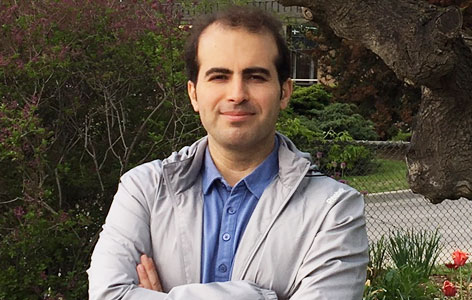
Conference: 2018 Annual Meeting of the Society for Mathematical Biology (SMB), July 8-12, Sydney, Australia.
Conference Highlight: Experts presented the breakthrough advances in modelling and the in situ study of diverse cancer types, as well their implications for clinical and biological approaches.
Conference Summary: This conference enables researchers at the interface between computational-biology and biological sciences to meet and exchange ideas. The meeting covers a range of topics that span from biological growth models to complex system biology approaches.
The conference featured a number of excellent speakers—one that stood out was by Dr. Kristin Swanson from the Mayo Clinic. In this talk, Dr. Swanson introduced a new hybrid model called “proliferation invasion”, which uses a graph-based semi-supervised machine learning technique to predict tumor density regions in glioblastoma. This approach may be utilized to increase accuracy during surgery and radiation as well as for image interpretation for glioblastoma patients.
Another notable presentation was given by Dr. Heiko Enderling, from Moffitt Cancer Center, which focused on the understanding of immunological consequences of radiation therapy. He presented a variety of mathematical and computational models that his team is using to envisage the “Abscopal Effect”. This effect describes initial shrinking of the metastasized tumor outside of the treatment site. This research could be potentially applied to help treat certain blood cancers, such as multiple myeloma, which can be controlled as a secondary cancer by irradiating the primary tumor.
In addition to listening to some great talks, this year I was selected by the conference scientific committee to serve as the chair of a Cancer & Therapy Mini-Symposium. I was able to present our new stochastic models for studying the evolution of tumor progenitor cells in the colonic/intestinal crypt with a focus on a new potential treatment. This was quite a unique experience and was a great platform to discuss my research.
Through the diversity in topics, presentation of a variety of technical tools and participation of internationally recognized scientists, this year’s event was very inspiring. The advances being made in the field also provided attendees with renewed optimism for the creation of new, effective strategies to control and, one day, cure diverse types of cancers.




